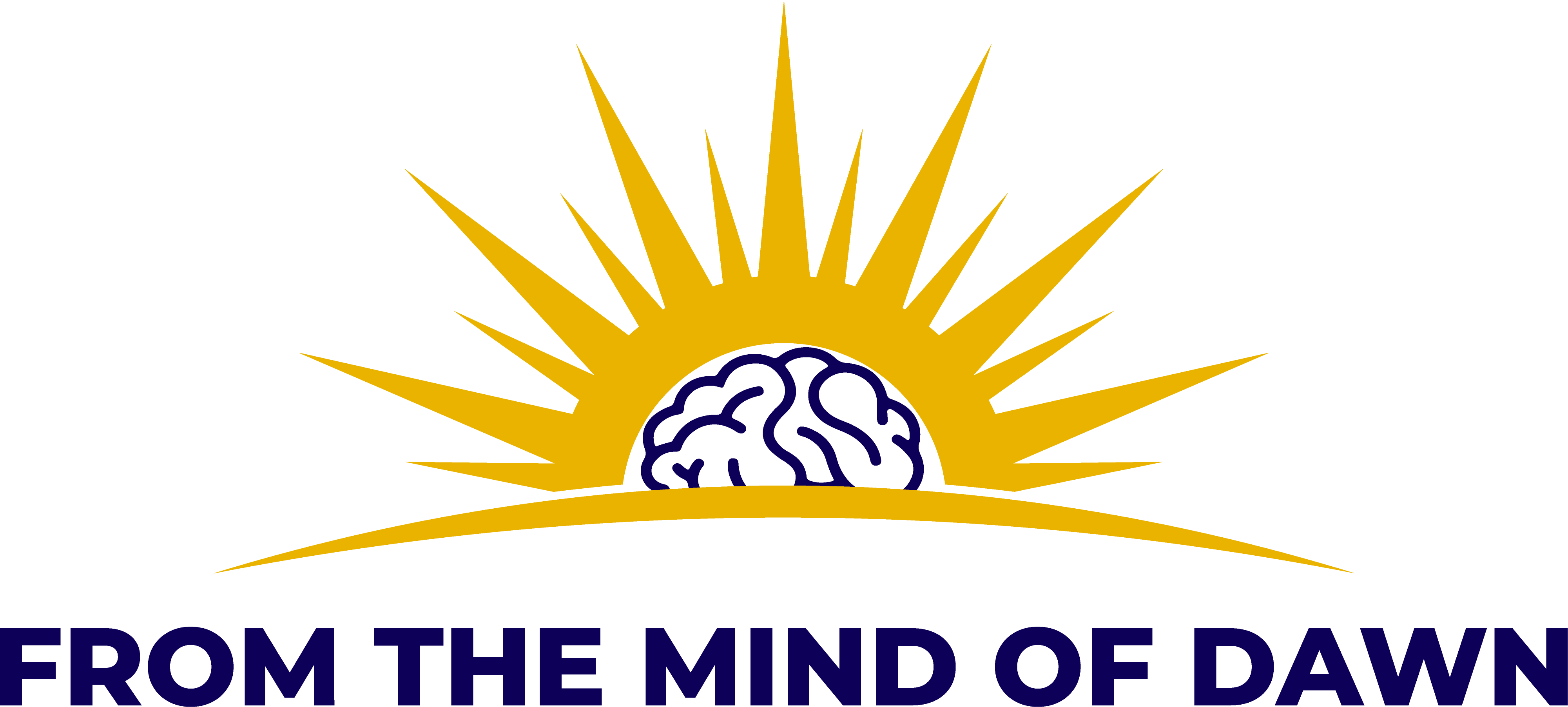IBM Turnaround - part 1
Who Says Elephants Can’t Dance?: Leading a Great Enterprise Through Dramatic Change by Louis V. Gerstner, Jr.
(Chapters 1-8)
The story of IBM’s turnaround has proved to be fascinating so far. I think it really adds a lot to be reading about it from the perspective of Lou Gerstner - CEO credited with saving IBM - himself. At the outset of this professional development plan, we learned that managing successful change requires our ability to manage our environment and manage ourselves.
Unsurprisingly, Gerstner describes having taken a similar approach as Mulally took at Ford during his first few months on the job. I think it provides a good framework for us all:
Step 1: Understand the landscape
Have you ever seen a leader take on a new role or join the organization and start to make changes without understanding the people, the business, etc.? It seems so obvious that you shouldn’t do that…
Both Gerstner and Mulally spent time talking to and visiting employees, customers and other stakeholders. They actually read the reports they requested as well as news stories and historical documents. They set out to really understand the environment in which they were operating. This helped them to identify and prioritize the key areas that needed change.
For IBM, Gerstner determined that a complete reengineering of the organization was required. Holy Cow!
Step 2: Determine the strategy
Imagine how much information Gerstner must have accumulated. A key skill, especially for high level leaders, is the ability to synthesize large amounts of information and derive insights, make conclusions, take action, etc. It’s surprising how few leaders understand the value in this skill and evaluate folks for promotion based on it.
But I digress…
Having a well defined strategy is crucial to the success of any organization. To bring about effective change, it is essential. Part 2 (Chapters 12-19) are focused on Gerstner’s strategy for turning IBM around so I will hold off on defining it for you now. Instead, make a mental note of how important it is to have a strategy and we’ll revisit.
Step 3: Build your team
Again, like Mulally, Gerstner was intentional about selecting the right members of his executive leadership team and determining how they would operate going forward. Something that both Gerstner and Mulally did that I think was pretty amazing is that they were not afraid of doing something different than what had been done before and very soon after taking on their new role. This seems obvious to me - but how often do we face resistance when trying to make change, even small changes, because of the way things have been done in the past?
Step 4: Increase the Urgency
Once Gerstner felt good about his plan forward, he knew he needed to mobilize his team and as much of the workforce as he could.
So there must be a crisis, and it is the job of the CEO to define and communicate that crisis, its magnitude, its severity, and its impact. Just as important, the CEO must also be able to communicate how to end the crisis - the new strategy, the new company model, the new culture.”
(excerpt from Who Says Elephants Can’t Dance?)
Well, this is another reason why you must have a strategy before you can increase the urgency. To do this, Gerstner addressed the entire organization. Before I tell you what he said, I want to point out that at a company of IBM’s size, you would rarely hear directly from the CEO. Any message would be relayed through middle managers which is typically what you want since they are closer to the employees. However, Gerstner says that he made this choice intentionally. He does not explicitly say this but his being the one to deliver the message raised the level of urgency.
When addressing IBM employees all over the world, he summarized the crisis:
- lost $16 billion in three years
- laid off more than 175,000 employees in less than 10 years
- customers were unhappy and angry
- the media and competitors were calling IBM a dinosaur
And he ended with a question: Don’t you agree that something is wrong and that we should try something else?
Practice Makes Perfect
I’m not going to lie. As I read these first 8 chapters, I learned about how dire IBM’s situation was when Gerstner agreed to be CEO. I read about the large amount of travel he did in order to meet with all of the right people. I thought about how little sleep he must be getting between trying to get up to speed and then worrying about how he was going to even start to turn things around.
And I wondered how anyone had enough professional experience and leadership acumen to approach such a massive undertaking and enough endurance to actually see it through.
And then I read this quote by Carly Fiorina.
- Carly Fiorina (Former CEO of HP)
And now it’s obvious. We have to practice.
Let’s identify a change we want to make on our teams - even if it is a small change and even if you are not the formal leader in charge. Then, let’s think about how to use what we’ve learned to be successful. I’ll try to document my plan and share it with you all. Once we have carried it out, let’s reflect on what went well - or didn’t - and then choose the next change.
I’m excited. I hope you are too. Thanks for reading!
